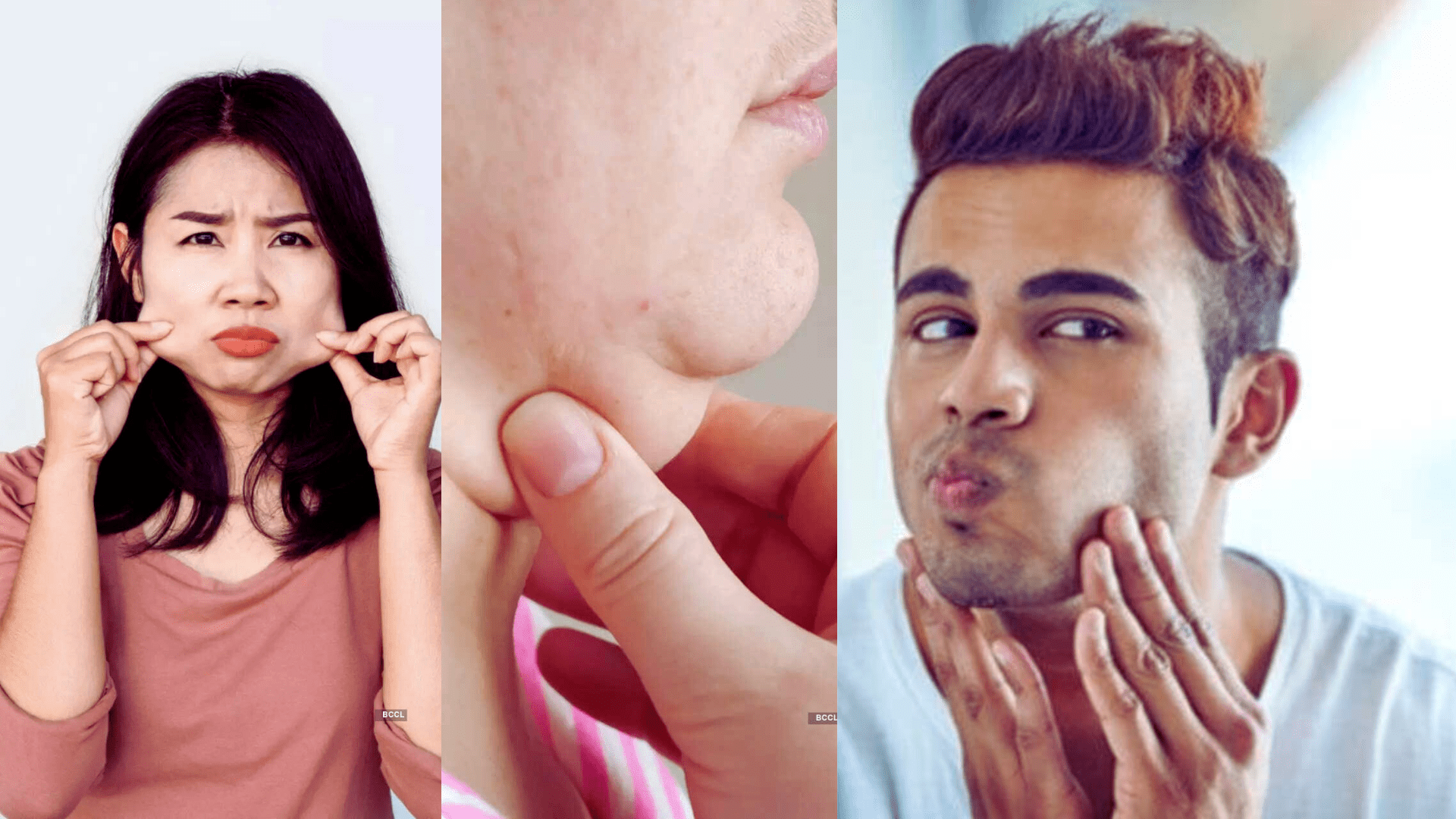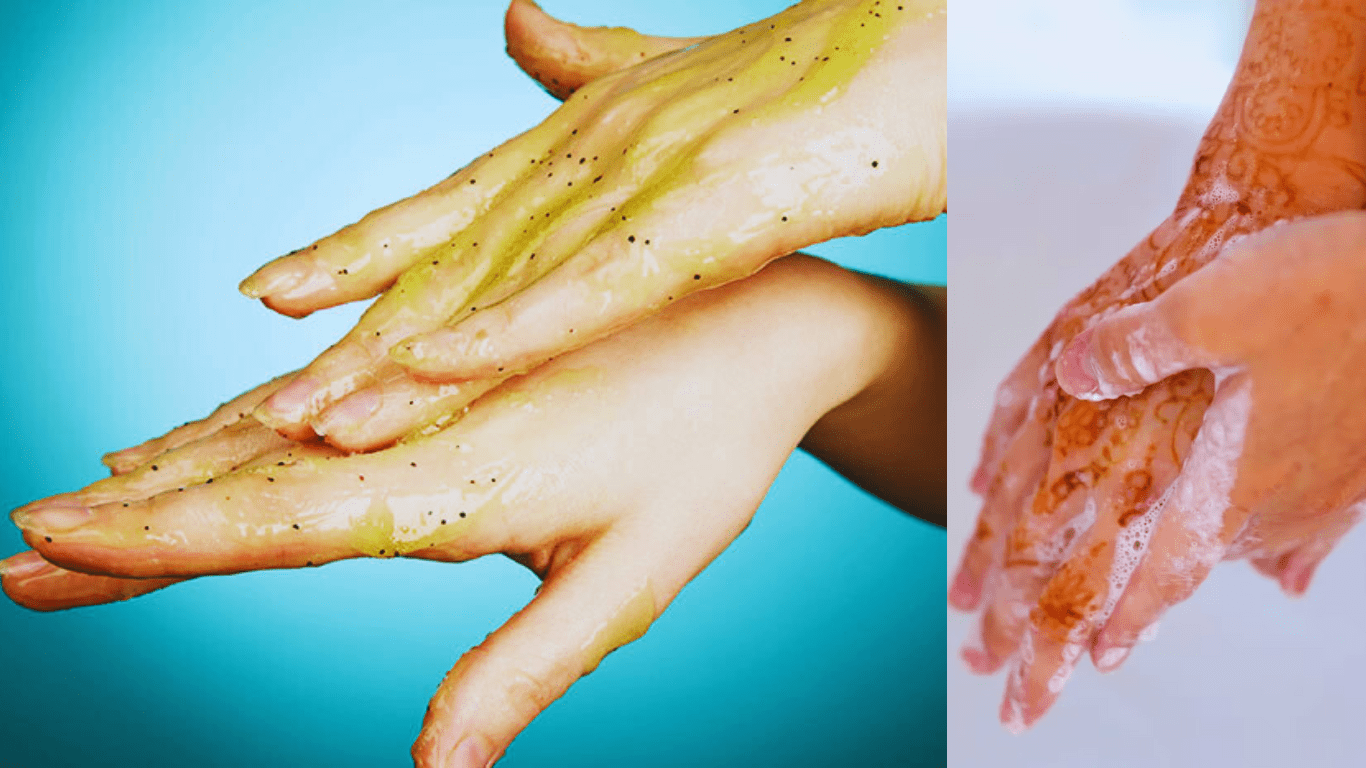Facial fat refers to the distribution of fatty tissues in the face, which can contribute to varying facial shapes and contours. The accumulation or loss of facial fat can significantly affect one’s appearance. Several factors influence facial fat, including genetics, diet, age, and overall body weight.
Understanding Face Fat
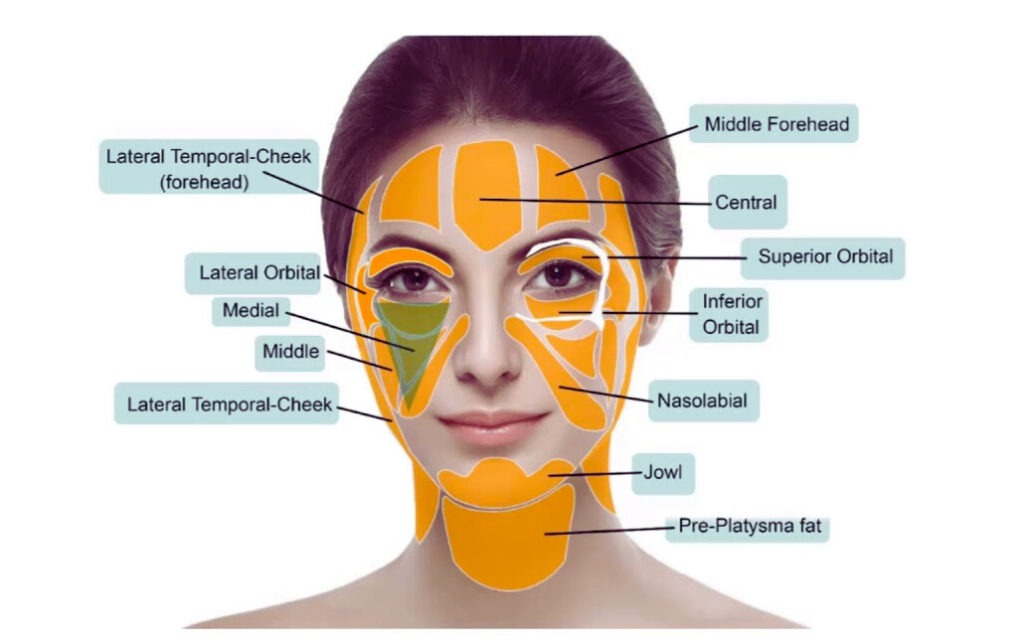
Facial fat is influenced by a combination of genetic, lifestyle, and environmental factors:
- Genetic Factors: Genetics play a significant role in determining where fat is distributed on the body, including the face. Some people may be genetically predisposed to have more fat in their facial regions.
- Diet and Nutrition: High-calorie diets can lead to overall weight gain, which often includes facial fat. Additionally, poor nutrition can affect the skin’s elasticity and the distribution of fat in the face.
- Age: As people age, they tend to lose muscle tone and skin elasticity, which can lead to a redistribution of facial fat, often resulting in a more gaunt appearance in some areas and fuller in others.
- Health Conditions: Certain medical conditions, such as hormonal imbalances, can influence facial fat. Conditions like Cushing’s syndrome or hypothyroidism can lead to an accumulation of fat in specific areas of the face.
- Lifestyle Factors: Lack of exercise, poor sleep, and high stress can also contribute to weight gain, including increased facial fat.
Understanding these factors can help in managing and potentially reducing unwanted facial fat through targeted lifestyle changes and medical interventions.
Reduce Face Fat this Step
Diet Changes
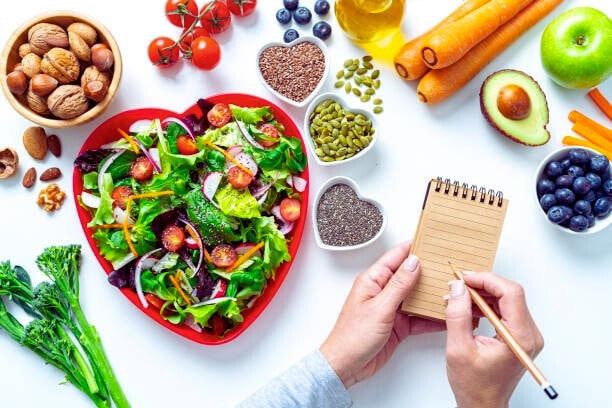
To effectively reduce overall body and facial fat through diet, consider implementing the following changes:
- Increase Fiber Intake: Consume foods rich in fiber such as fruits, vegetables, and whole grains. High-fiber foods help maintain a feeling of fullness, reducing overall calorie intake.
- Focus on Lean Protein: Include sources of lean protein such as chicken, fish, tofu, and legumes. Protein is essential for muscle maintenance and can also help in controlling appetite.
- Reduce Processed Foods: Minimize consumption of processed and sugary foods which are high in calories but low in nutrients. These foods contribute to weight gain and increased facial fat.
- Healthy Fats: Incorporate sources of healthy fats like avocados, nuts, and seeds. These fats are vital for overall health and can aid in weight loss when used in moderation.
- Limit Alcohol Intake: Alcohol can contribute to weight gain due to its high caloric content. Reducing alcohol intake can help decrease calorie consumption and facilitate fat loss in the face and body.
These dietary adjustments, alongside regular exercise and sufficient hydration, can effectively help reduce both body and face fat.
Exercises for Face
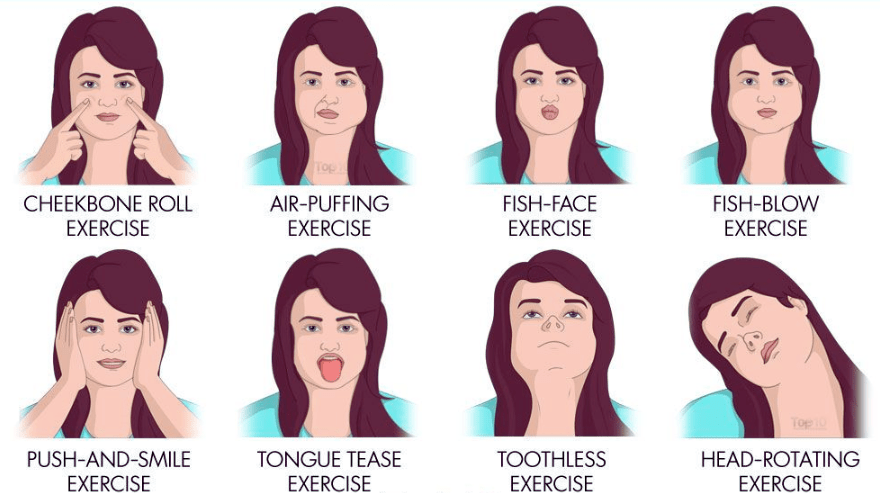
Facial exercises can enhance muscle tone and aesthetics by targeting specific muscle groups. Here are some effective exercises to strengthen and define facial muscles:
- The Cheek Lifter: Open your mouth to form an “O”, fold your upper lip over your teeth, and smile to lift your cheek muscles upward. Place your fingers on the top part of your cheeks to provide slight resistance. This exercise helps to firm and tone the cheek muscles.
- Chipmunk Cheek Squeeze: Tilt your head back, push your chin forward, and suck your cheeks in as deeply as possible. Hold this pose for 5 seconds before releasing. Repeat this 10 times to work on your cheek muscles.
- Chin-Ups: Close your mouth, slowly push your lower jaw forward, and lift the lower face muscles, focusing on your jawline. This exercise is particularly effective for defining the jawline.
- Facial Muscle Resistance Training: Place your fingertips on your facial muscles (such as the cheeks) and apply gentle pressure while lifting or smiling to create resistance. This enhances muscle strength and facial tone.
Regular practice of these exercises can contribute to a more toned and youthful facial appearance.
General Fitness

Overall fitness has a notable impact on the appearance of facial fat. Engaging in regular physical activity, especially cardio or aerobic exercises, can lead to general weight loss, which often includes a reduction in facial fat. Cardiovascular exercises elevate the heart rate and increase metabolism, which aids in burning calories and reducing overall body fat, including that around the face. Additionally, exercise may help in maintaining muscle tone not only throughout the body but also in the face, which can make facial features appear more defined.
Weight management through exercise and diet is crucial since excess body fat can lead to a fuller face. By reducing total body fat, the face can also slim down, contributing to a more toned and defined appearance.
Proper Hydration
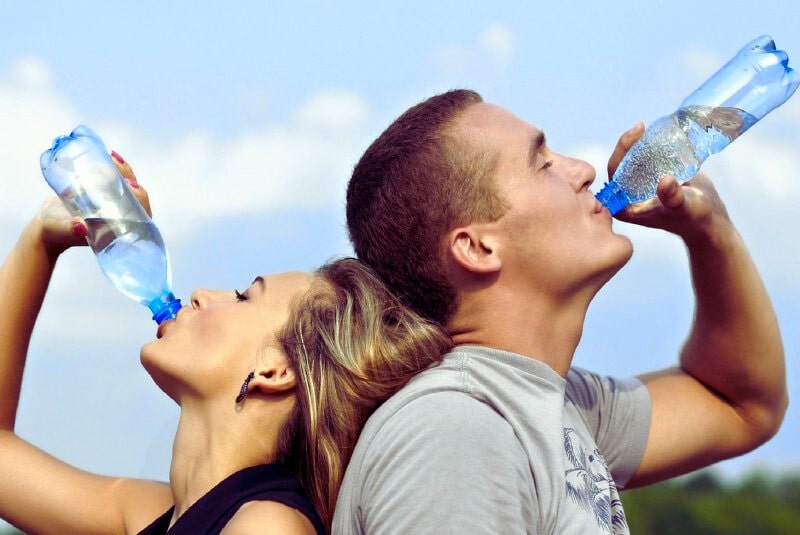
Proper hydration plays a crucial role in reducing facial puffiness. When the body is dehydrated, it tends to retain water to conserve resources, which can lead to swelling in various parts of the body, including the face. By drinking an adequate amount of water, you help maintain the balance of bodily fluids, which can prevent and reduce puffiness.
Water helps to flush out toxins from the body that can contribute to inflammation and swelling. Ensuring you are well-hydrated also supports kidney function, which is responsible for filtering out waste and excess fluids from the body. Health experts generally recommend drinking at least eight 8-ounce glasses of water daily, although individual needs can vary based on factors like activity level and climate.
Reduce Alcohol and Sodium
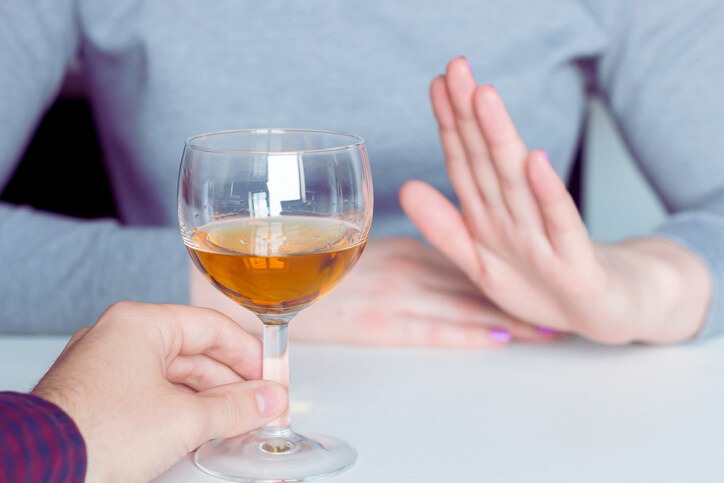
Reducing alcohol and sodium intake can significantly help mitigate facial bloating. Alcohol consumption leads to dehydration and increases the body’s tendency to retain water, which results in a puffy appearance. Additionally, alcohol can cause blood vessels to relax and tissues to swell, further contributing to facial puffiness.
High sodium intake is another primary cause of facial bloating. Sodium causes the body to retain water, leading to swelling in various body parts including the face. Common sources of excess sodium include processed snacks and meals, which should be limited to reduce the risk of puffiness.
Treatments for Reduce Face Fat
Medical Treatments
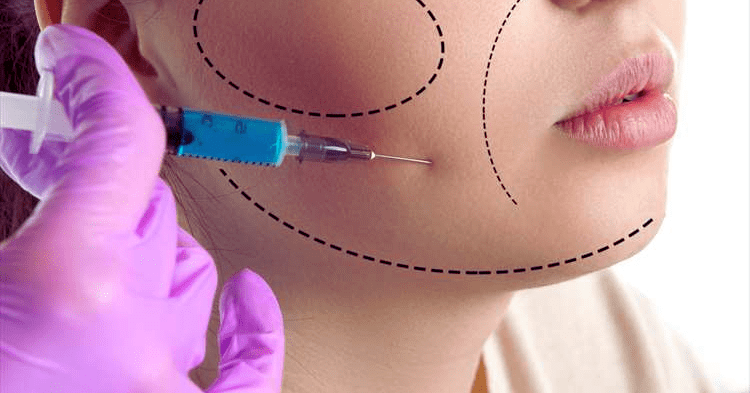
To reduce facial fat medically, several professional treatments are available:
- Buccal Fat Removal: This surgical procedure targets the removal of buccal fat pads to create a more contoured facial appearance. It is specifically designed to thin the cheeks, especially in the area of the cheek hollows.
- Lipolysis: Lipolysis, specifically for the face, can be performed using injections or laser treatments to target and reduce fat deposits. This non-surgical approach breaks down fat cells, which are then naturally eliminated by the body.
These treatments can be effective for individuals looking for significant changes in their facial structure and are usually performed by qualified cosmetic surgeons or dermatologists.
Reduce Face Fat Naturally

Reducing face fat naturally involves a combination of dietary changes, regular exercise, and specific facial exercises. Here are some effective methods:
- Exercise Regularly: Engaging in cardio exercises helps reduce overall body fat, which includes fat in the face.
- Balanced Diet: Eat a diet rich in whole fruits, vegetables, and lean proteins. Avoid processed and sugary foods to minimize fat accumulation.
- Facial Exercises: Perform facial exercises to tone facial muscles, which can help your face appear firmer and slimmer.
- Reduce Alcohol Intake: Alcohol can contribute to water retention and facial puffiness, so limiting consumption may reduce face fat.
- Stay Hydrated: Drinking plenty of water supports metabolism and can reduce bloating and puffiness in the face.
Conclusion
To effectively reduce face fat, adopting a multifaceted approach is essential. Here’s a summary of key strategies:
- Maintain a Balanced Diet: Eating wholesome foods helps in overall fat loss, which includes fat from your face. Prioritize a diet rich in fruits, vegetables, and lean proteins to keep skin and face muscles firm.
- Incorporate Regular Exercise: Cardio and overall body workouts help reduce body fat, consequently decreasing face fat. Consistency in physical activity is crucial.
- Practice Facial Exercises: These can help in toning the facial muscles, making your face appear slimmer and more contoured.
- Stay Hydrated and Care for Your Skin: Hydration and regular skin care, including moisturizing, can improve skin elasticity and appearance, reducing puffiness and sagging.
Remember, reducing face fat, like any aspect of weight loss, requires patience and consistency. It’s important to stay committed to your health regimen and be patient with the results. Weight loss varies from person to person, and changes in the face can take time to become visible. Stay positive and persistent, and you’ll likely see progress in time.
Read also: What is EMDR Therapy?
